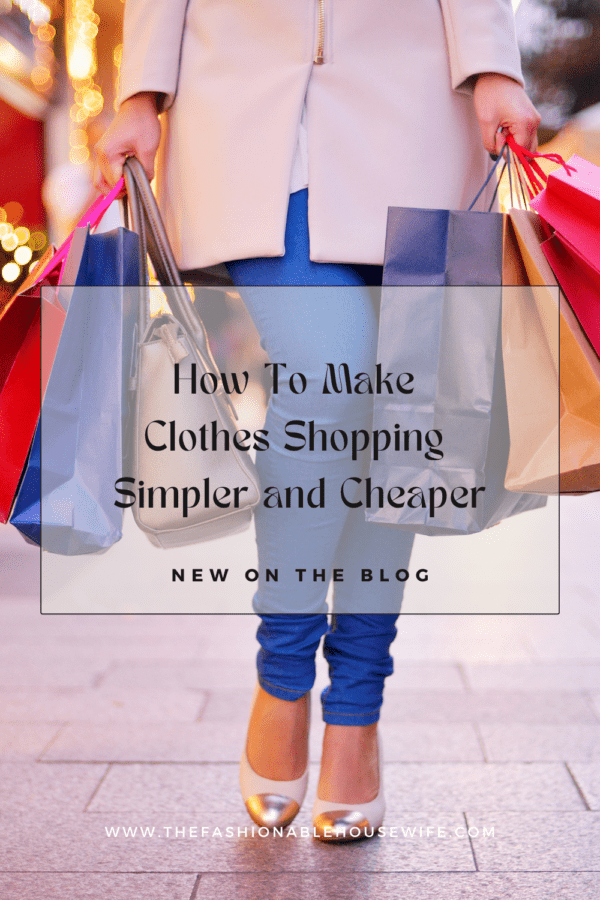
Counting to three before buying is a great way to reduce impulsive purchases. It’ll help you avoid buying a summer dress when it’s still icy outside, for instance, or a sweater that’s just too thick to wear now. Timing clothing purchases right also saves you money. Check out this ultimate guide to the best shopping times for everything from running shoes to denim.
Shop Online
Shopping online can save you time, a trip to the mall and a lot of money. But it can also lead to impulsive buying and wasted returns. It’s important to know how to shop smartly. Always read the return policy before purchasing, and be aware of shipping charges. Some retailers have high return and shipping fees, while others offer free returns. If you plan on buying several items, buying them all at once may be worth taking advantage of the cheapest rates.
Another great way to shop online is to use the website’s filters to narrow your selections. It is especially helpful for clothing because sizes vary between brands, and it can be not easy to gauge how an item will fit from just a picture. Shopping websites, https://www.retailmenot.com/view/us.asos.com, even feature videos of their clothes on models to help shoppers better understand how they’ll look and offer promo codes to make their shopping more affordable.
Know Your Style
In general, men aren’t prone to the closet-clogging impulse buys women know and love – think pink suede miniskirts with daisy appliques. Instead, men find and stick with a style that works for them. It can be hard to figure out your style because everyone is different, but shopping becomes much easier once you do. Identify your type by picking three words describing it– a “style vocabulary.” Next time you want to shop, use your style vocabulary as a guide when selecting items. This way, your wardrobe will be balanced, and you’ll have a lot of things that go with each other. It makes it easy to mix and match when creating outfits. Plus, it will also save you money as you’ll avoid buying clothes on the verge of being out of style!
Make a List
You must be intentional about what you buy to build a great wardrobe. So before you head to the store, list what you need. It will help you stay on budget and ensure your purchase pieces work together. For example, if you’re considering a new sweater, make a note of the clothes in your closet that it will go with. For instance, if you have a lot of blue, there might be better fits. It might be simple to become overwhelmed by the options at a clothes store and purchase more than you need if you need a list. By shopping with a plan, you can prevent yourself from spending more than you have to and still leave the store with a closet full of clothes that work well together. This approach also works well for online shopping.
Don’t Overspend
Overspending on clothes can have a serious impact on your budget. Each year Americans spend an average of $1,700 on clothes — more than they do on gas — and most of that spending isn’t necessary. Having a hit list of the items you need for your wardrobe can help you stay on track when shopping. Choose clothes that are well-made from durable materials — they may cost more upfront but last longer than those made of cheaper fabrics. If you can’t resist the urge to buy new clothes, take care of the ones you already have. Wash sparingly, treat stains immediately and learn to repair simple rips and tears at home.
Go With Your Gut
The best way to avoid closet hate is to shop for what you need. It means buying what’s in the season rather than accepting that lightweight sundress or a tobacco-colored sweater because it’s sunny outside. After all, you’re craving something warm. Buying pre-season can also mean you pay less. If you must shop in-season, watch for sales and consider second-hand shopping (think vintage shops, apps and buy-nothing Facebook groups). Clothes that are bought to be trendy have a short life span. Whether in the form of ikat print everything or oxford-style lace-ups, once the trend has passed, those items end up either in your closet or the donation bin. When shopping online, be smart about flash sales. Sites offer good deals on clothing for a limited time only. If you’re considering a purchase, check the website’s sizing charts before you buy.
Don’t Be Afraid to Try On
Some people are afraid to buy clothes online because they fear they might not fit or won’t be able to return them. But there are some ways to avoid these fears. One way is to sign up for store email lists; many major clothing brands offer their subscribers loyalty discounts and early sale notifications. Another way is to use programs that allow shoppers to try on clothes virtually and get an idea of how they will fit. According to the Bureau of Labor Statistics, shopping is a huge part of the modern economy, and most Americans spend $1,700 yearly on clothes. But the right habits can help you save money and time by making the experience more enjoyable. Ultimately, buying high-quality staple pieces that last longer will save you the time and money of constantly replacing them.






